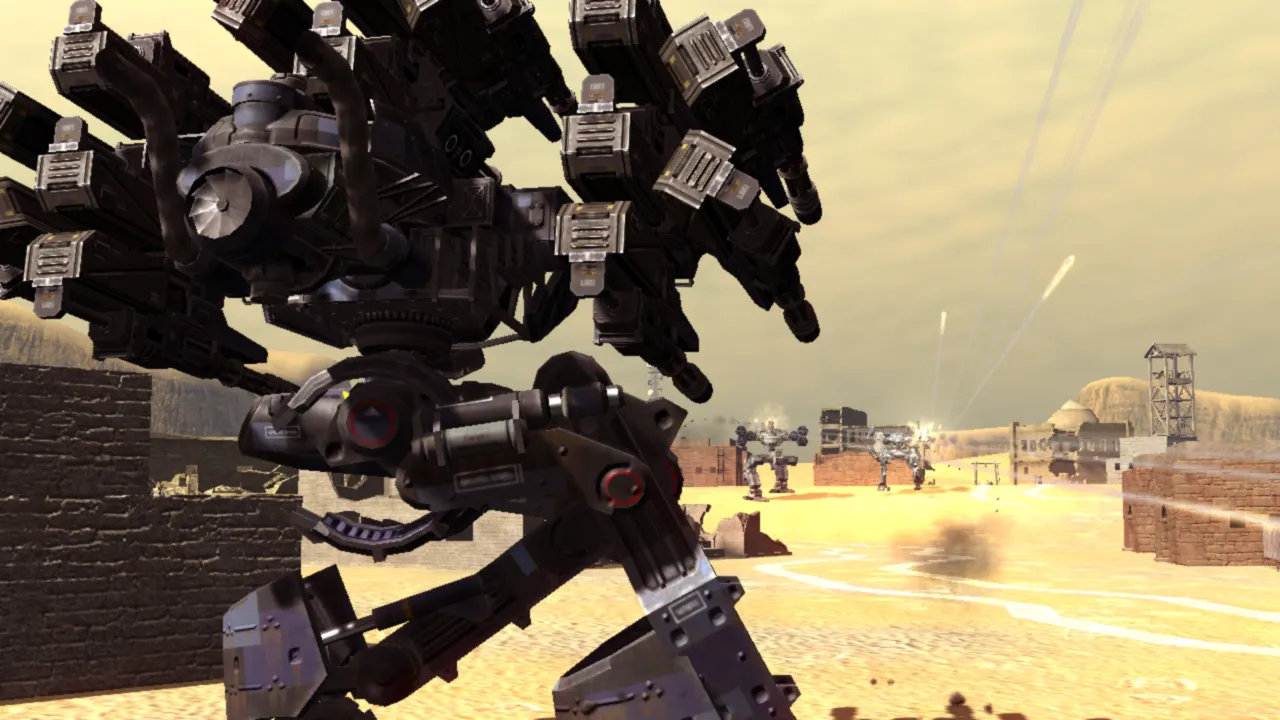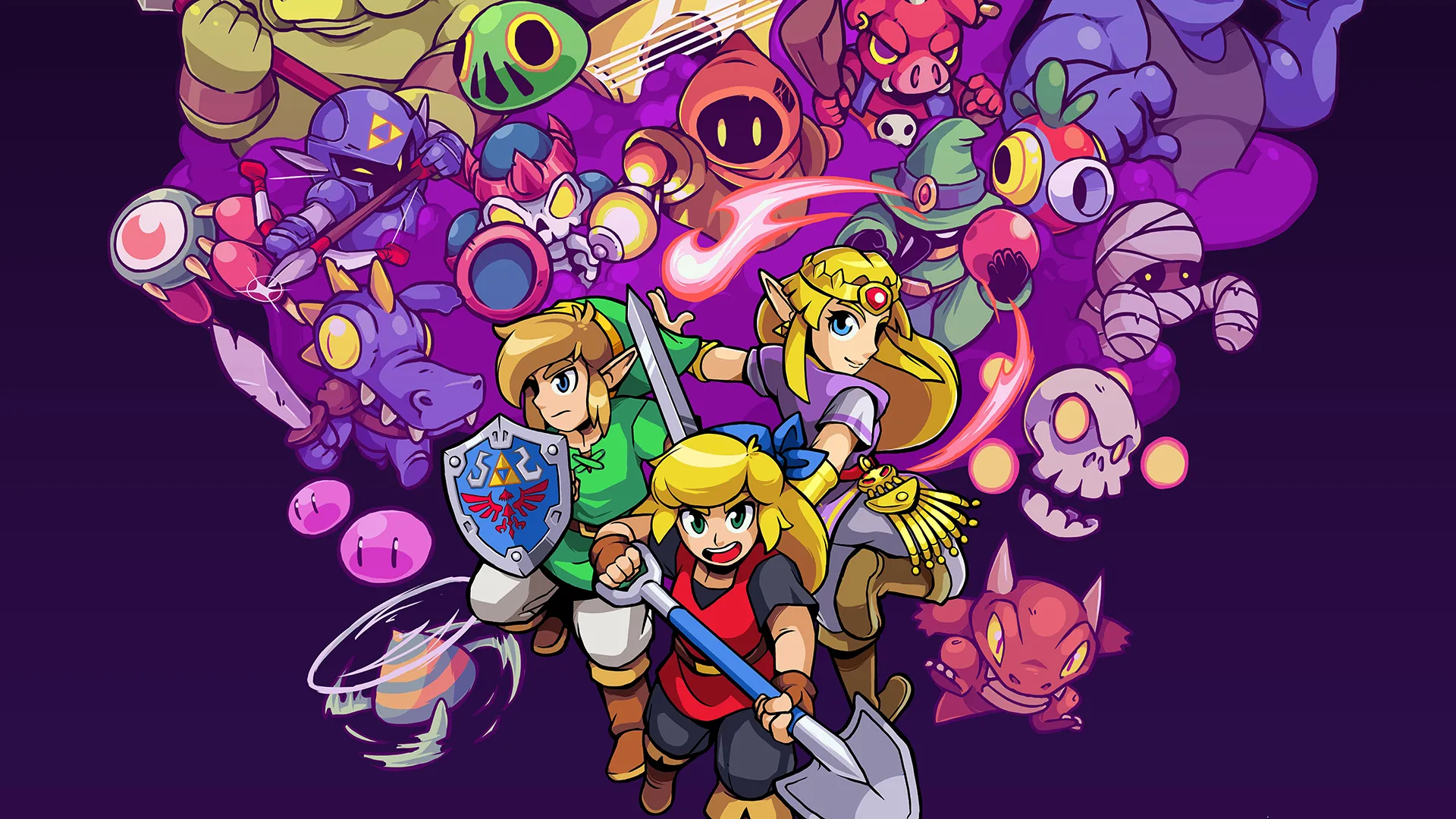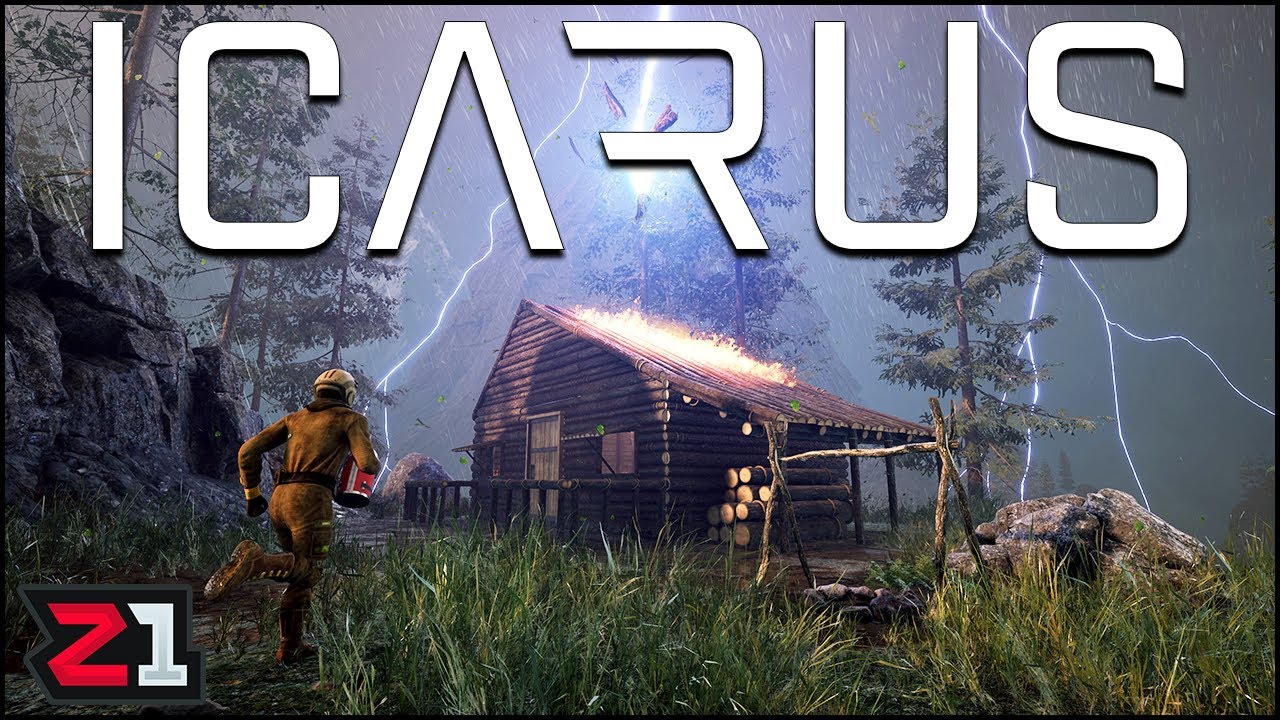Introduction to Chromehounds
Chromehounds, released in 2006 for the Xbox 360, is a tactical mech combat game developed by FromSoftware and published by Sega. Known for its deep customization, squad-based gameplay, and online multiplayer mode, Chromehounds has gained a dedicated fanbase despite its niche appeal. This article delves into every aspect of the game, from its development and release to its gameplay mechanics, reviews, and lasting impact on the genre.
Development and Release of Chromehounds
The Vision Behind Chromehounds
Chromehounds was born out of FromSoftware’s desire to create a mech game that emphasized strategy, teamwork, and customization over fast-paced action. The development team wanted to create a game where players could build and pilot their own unique mechs, or “HOUNDs,” and engage in large-scale battles that required coordination and tactical thinking.
Release and Reception
Chromehounds was released exclusively for the Xbox 360 in July 2006. While it received mixed reviews at launch, with some critics praising its deep customization and tactical gameplay while others criticized its slow pace and lack of polish, the game managed to carve out a niche for itself. The online multiplayer component, which allowed players to form squads and participate in large-scale wars, became a standout feature that kept the community engaged for years.
Gameplay Mechanics: Building, Customizing, and Commanding HOUNDs
Core Gameplay Elements
Chromehounds is a mech combat game that places a strong emphasis on customization and tactical gameplay. Players control massive mechs known as HOUNDs, which can be customized with a variety of parts, weapons, and equipment. The game is divided into single-player and multiplayer modes, each offering a unique experience.
Single-Player Campaign
The single-player campaign of Chromehounds serves as both a tutorial and a story mode. Players take on the role of a mercenary pilot working for various factions in the war-torn world of Neroimus. The campaign is divided into six separate storylines, each focused on a different class of HOUND. Through these missions, players learn the basics of mech combat, including movement, targeting, and strategic use of the terrain.
Multiplayer Mode
The true heart of Chromehounds lies in its multiplayer mode. The game’s online component, known as the Neroimus War, allowed players to join one of three factions and participate in an ongoing, persistent war. Teams of players, known as squads, could work together to capture territory, defend key locations, and complete various objectives. The multiplayer mode was praised for its depth and the level of coordination required to succeed.
HOUND Customization: Crafting the Perfect War Machine
One of the most lauded features of Chromehounds is the extensive customization options available for building HOUNDs. Players could mix and match various parts, including legs, bodies, arms, generators, and weapons, to create a mech that suited their playstyle. This customization allowed for a wide variety of HOUND builds, from agile scouts to heavily armored tanks.
HOUND Classes and Their Roles
Chromehounds features six distinct classes of HOUNDs, each with its own strengths and weaknesses:
- Scout: Light and fast, Scouts are used for reconnaissance and quick strikes.
- Soldier: Balanced in offense and defense, Soldiers are versatile and adaptable.
- Defender: Heavily armored and slow, Defenders are designed to absorb damage and protect key locations.
- Sniper: Equipped with long-range weapons, Snipers excel at taking out enemies from a distance.
- Heavy Gunner: Armed with powerful cannons and artillery, Heavy Gunners are devastating at medium to long range.
- Tactics Commander: The command and control unit, capable of issuing orders and providing battlefield support.
Tactical Gameplay: Strategy Over Speed
Unlike many other mech games that focus on fast-paced action, Chromehounds emphasizes tactical gameplay. Success in the game often depends on careful planning, teamwork, and the effective use of the environment. Players must consider factors such as terrain, line of sight, and enemy positioning when engaging in combat. This slower, more methodical approach sets Chromehounds apart from other titles in the genre.
Visuals and Art Style: A Gritty, Industrial Future
Chromehounds is set in a dystopian future where nations are locked in perpetual warfare. The game’s visuals reflect this grim setting, with a heavy emphasis on industrial environments, muted color palettes, and massive, imposing machines. The HOUNDs themselves are designed to look functional and utilitarian, with a focus on realism over flashy aesthetics.
Music and Sound Design: Immersing Players in the Battlefield
The music and sound design of Chromehounds play a crucial role in creating an immersive experience. The game’s soundtrack, composed by Kota Hoshino, features a mix of orchestral and electronic elements that evoke the tension and scale of futuristic warfare. The sound effects, from the rumble of HOUNDs’ footsteps to the booming of artillery, add to the sense of being in the middle of a massive, mechanized battlefield.
Reviews and Critical Reception: A Mixed Response
Praise for Customization and Strategy
Upon its release, Chromehounds received praise for its deep customization options and emphasis on strategy. Critics and players alike appreciated the ability to create unique HOUNDs tailored to their specific playstyles. The game’s multiplayer mode, with its persistent online war, was also highlighted as a standout feature that provided a level of depth and replayability not often seen in the genre.
Criticism of Pacing and Technical Issues
Despite its strengths, Chromehounds was not without its criticisms. Some reviewers noted that the game’s pacing could be slow, particularly in single-player missions, which might not appeal to players looking for fast-paced action. Additionally, the game suffered from technical issues, including occasional frame rate drops and long loading times, which detracted from the overall experience.
Long-Term Impact and Legacy
While Chromehounds did not achieve mainstream success, it has maintained a loyal fanbase over the years. The game’s unique approach to mech combat and its focus on strategy over speed have influenced other titles in the genre. Though the online servers were shut down in 2010, ending the Neroimus War, the game is still fondly remembered by those who played it.
Chromehounds Game Official Trailer by Mech Warfare Classic Review
Frequently Asked Questions (FAQs): About Chromehounds
Q1: What is Chromehounds?
A: Chromehounds is a tactical mech combat game developed by FromSoftware and published by Sega for the Xbox 360. The game features both single-player and multiplayer modes, with a strong emphasis on customization and strategic gameplay.
Q2: How does HOUND customization work in Chromehounds?
A: HOUND customization in Chromehounds allows players to build their own mechs using a variety of parts, including legs, bodies, arms, generators, and weapons. Each part affects the HOUND’s performance, such as speed, armor, and firepower, allowing players to create a mech that suits their preferred playstyle.
Q3: What are the different classes of HOUNDs in Chromehounds?
A: Chromehounds features six classes of HOUNDs, each with its own unique role on the battlefield: Scout, Soldier, Defender, Sniper, Heavy Gunner, and Tactics Commander. Each class has specific strengths and weaknesses, making them suitable for different types of missions and combat scenarios.
Q4: Is Chromehounds still playable online?
A: No, the online servers for Chromehounds were shut down in 2010, ending the Neroimus War multiplayer mode. However, the game’s single-player campaign and offline features are still accessible to players with an Xbox 360.
Q5: What made Chromehounds stand out in the mech combat genre?
A: Chromehounds stood out in the mech combat genre due to its emphasis on customization, strategy, and teamwork. Unlike many other mech games that focus on fast-paced action, Chromehounds required players to carefully plan their moves, work together with teammates, and use the environment to their advantage.
Q6: What were the main criticisms of Chromehounds?
A: The main criticisms of Chromehounds included its slow pacing, particularly in single-player mode, and technical issues such as frame rate drops and long loading times. These aspects detracted from the overall experience for some players.
Q7: Can I still play Chromehounds on modern consoles?
A: Chromehounds is only available on the Xbox 360 and has not been ported to modern consoles. However, if you have an Xbox 360, you can still play the game offline.
Q8: How did Chromehounds influence other games in the genre?
A: Chromehounds influenced other games in the mech combat genre by demonstrating the potential for deep customization and strategic gameplay. Its focus on squad-based tactics and persistent online warfare has inspired elements in other mech titles and tactical games.
Q9: What was the Neroimus War in Chromehounds?
A: The Neroimus War was the online multiplayer component of Chromehounds, where players could join one of three factions and participate in a persistent war to control territory. The war allowed players to form squads, strategize, and engage in large-scale battles against other players. Unfortunately, the servers were shut down in 2010, ending this feature.
Q10: What kind of music and sound design does Chromehounds feature?
A: The music and sound design in Chromehounds play a crucial role in immersing players in the game’s gritty, industrial world. The soundtrack, composed by Kota Hoshino, combines orchestral and electronic elements to evoke the tension and scale of futuristic warfare. Sound effects, such as the rumble of HOUNDs’ footsteps and the booming of artillery, enhance the sense of being in a mechanized battlefield.
Conclusion:
Chromehounds may not have achieved the mainstream success of some of its contemporaries, but its unique approach to mech combat and emphasis on strategy have earned it a place in gaming history. With its deep customization options, tactical gameplay, and memorable online multiplayer mode, the game left a lasting impact on those who played it. Despite its flaws, Chromehounds remains a beloved title for mech enthusiasts and continues to be remembered as a classic in the genre.
In the end, Chromehounds represents a time when developers were willing to take risks and create games that catered to niche audiences. Its legacy lives on in the memories of its dedicated fanbase, and it serves as a reminder of the potential for innovation in the world of mech combat games.



